Famed for its incredible peaks and sceneries, Peru has always been a “rite of passage” for adventurers who want to hike in South America. From the more gentle hikes of Machu Picchu to the more challenging treks in the Huascaran National Park, there are all types of difficulties and styles that suit almost everyone.
In this specialized guide, we will explore some of the best hikes you can do in Peru, including some of our own tips before setting out. We’ll also share an experience that our author George had when he attempted one of these hikes, and what mistakes he made and pleads others not to make too.
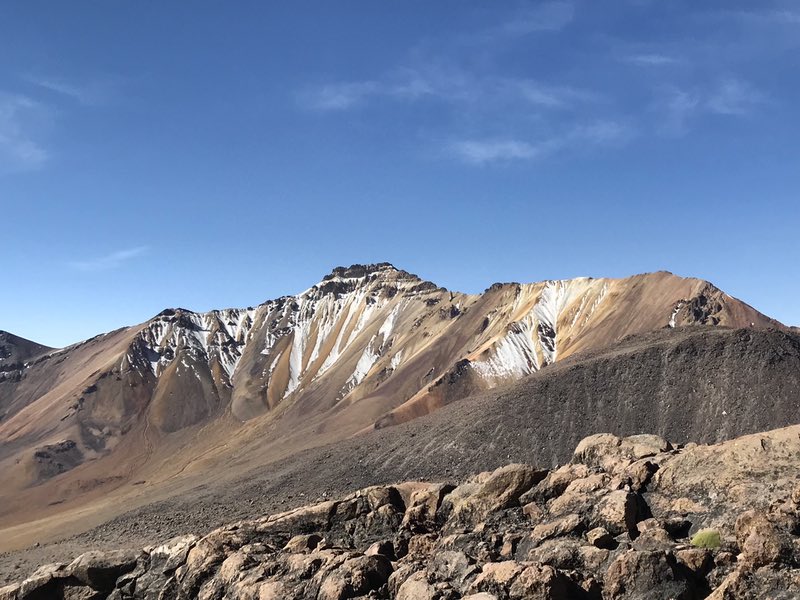
Chachani Volcano
Table of contents: ()
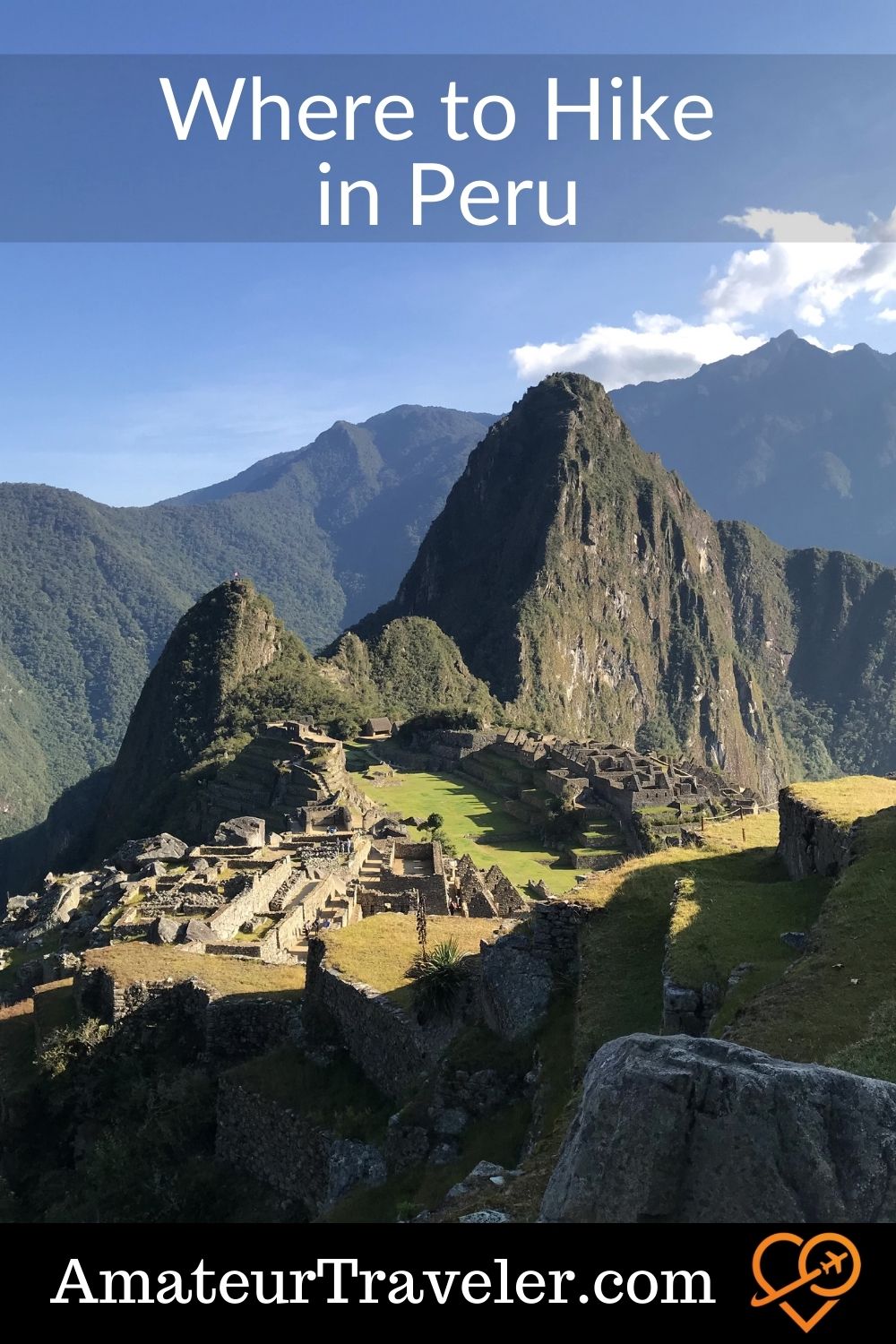
Where to go Hiking in Peru?
There’s an almost unlimited amount of experiences to be had when hiking in Peru. Below we’ll cover four great destinations to explore, as well as look at individual hikes that can be done within each. All of the hikes listed below are one’s we have done and have experience with.
Huaraz
The classic hiking destination that comes to mind, Huaraz is the unofficial trekking capital of Peru. Located up in the Cordillera Blanca, the town sits up at an altitude of 3050m and is surrounded by snowy peaks.
All of these hikes listed below can get chilly regardless of the time of year, so make sure to wear adequate layers as well as have the proper equipment before setting off.
- Get a Car Rental
- Book Your Accommodation HERE
- Get an eSim to be able to use your smartphone abroad.
- Search for Great Tours HERE
- Buy Travel Insurance
- Get a universal plug adapter

Laguna Parón and Laguna 69 are two stunning, crystal-clear lakes that are the most popular to explore in the region. Laguna Parón is the most simple, as the bus takes you all the way to the lake.
There is a short 45-minute hike up to the mirador (viewpoint) which is a must for stunning views of the lake. It’s relatively easy, although those not yet accustomed to the higher altitude (around 4200m here) should take it slow and go by how their body is feeling.
Laguna 69 on the other hand is a more grueling trek, which takes around 3 hours to arrive at and around 2 hours to return from. Here you’ll pass through rocky paths and snow-covered trails until you reach the stunning lake. With its glacier and crystal-clear blue waters, it’s one of the most spectacular rewards you’ll get after a hike.
Mateo is another great trek to do from Huaraz, which is located in the Cordillera Blanca mountains. The peak sits at 5150m and requires a tour to be able to climb up to. You’ll leave by transport early in the morning where you’ll then start your adventure by climbing up the rocky paths, using ropes for some of the paths at the start.
You’ll ascend until you reach the snow line, where you’ll change gear to be able to make it up to the peak. At the top, you’ll be welcomed with some insane views that include glacial lakes and a landscape filled with jagged and snow-capped mountains. It’s recommended to properly acclimatize in Huaraz before this trek as it can get difficult as you reach the higher altitudes.
Chachapoyas
This destination has a much more different style of hiking compared to the rest, and not one that would immediately come to mind when you think of traveling to Peru. Located in the northern sierra region of Peru, Chachapoyas is a great place to hike if you love warmer climates, waterfalls, and a jungle-style setting.
One of the best and most popular hikes to do from Chachapoyas is to Gocta Falls. To get to these stunning waterfalls, you’ll first need to take a local minivan from the bus station in Chachapoyas to the small town of Cocachimba. From here, the hike takes between 1.5-3 hours depending on one’s level of fitness and pace. Along the way, you’ll pass by campsites, some statues as well as some exotic birds if you’re lucky.
There are several parts where you’ll be walking uphill and downhill, as you’ll be passing through some mountains en route to the falls. Make sure to bring lots of water with you, as the humidity and several inclines will tire you out. Once you arrive, you’ll be greeted by the huge, thundering waterfalls.
It’s one of the largest waterfalls in Peru and has two separate cascades that eventually empty into a small, beautiful lake at the bottom. Gocta Falls is also surrounded by imposing canyons, which with the jungle backdrop makes for a stunning panoramic view. This is definitely one to charge your camera fully up for.
Another hike that is just as impressive, yet much less visited, is Yumbilla Falls. Standing at 895 ft, this waterfall is among the tallest in the World and consists of three different cascades that fall through the jungle canopy and into the next, culminating in a pool and river at the very bottom.
Due to its more hidden status, you’ll find virtually no tourists here, which gives it a more secluded and wild appeal. To get here, you’ll first need to take a minivan from the bus station in Chachapoyas to Pedro Ruiz, and then a moto-taxi up to the remote village of Cuispes.
The hike from here to Yumbilla Falls takes around an hour, where you’ll pass by smaller waterfalls, a mirador with fantastic canopy views as well as old, abandoned jungle huts. It’s an incredible experience as you’ll hike through the remote jungle and is one of my favorite off the beaten path hikes to be experienced in Peru.
Arequipa
Known for its several fiery volcanoes that surround the city, Arequipa is a great place for those looking for a moderate to challenging hiking experience. Arequipa is located in the south of Peru, roughly 475 miles from Lima.
Chachani is the ultimate volcano hike that can be done in Arequipa. With its peak standing at an impressive 6050m, it’s the tallest hike-able volcano in the region, despite being less known than the more popular El Misti Volcano. Due to its high altitude, you’ll need to prepare properly which includes acclimatizing in Arequipa, and preferably at a higher altitude too.
You’ll need to join an organized tour to hike Chachani, which can either be a two-days, one-night tour, or just a one-day tour. The one-day tour sets off just after midnight, where you’ll arrive in the early morning and start walking towards base camp, over boulders and tricky terrains along the way. From here it’s a straight shoot up to where you’ll get to the snow line, and then eventually to the peak.
The best way to organize these tours is to head to the Plaza de Armas, where there are lots of tour vendors and agencies dotted around the old square. Prices are competitive and will be a lot cheaper booking here in person rather than online.
Another great area to explore by hiking is The Colca Canyon. Whilst most do the one-day tour to this expansive canyon (which is actually one of the deepest on earth), you can spend a few days venturing down into the canyon where you’ll find many incredible hiking paths, lakes, and top-notch scenery.
You can do this with a tour, although many prefer multi-day hikes here independently to give more freedom in exploring. Some of the best things to see here include the indigenous villages such as Chivay, as well as walking along the river at the basin of the canyon.
Cusco
Arguably the most popular destination to visit in all of Peru, Cusco is most famous for its proximity to the mesmerizing ruins of Machu Picchu. Cusco is situated at a dizzying height of 3,400 m (11,150 ft), and as a result is close to some fantastic national parks and hiking day trips, which we’ll take a look at now below.
Ausangate National Park is a fantastic hiking destination that can be done from Cusco. It’s known for its incredible 7 colored lakes as well as its towering peaks which set the backdrop. The trek here is best done with a tour company that first starts from Cusco, and drives you into the national park.
With the trailhead reaching altitudes of up to 4300m, you’ll want to first acclimatize properly in Cusco before heading here. Once you arrive, you’ll spend 2/3 hours hiking upwards and around the national park where you’ll pass by some fantastic lakes of red, deep blue, and emerald colors.
You’ll also get some pretty incredible backdrops of snowy peaks which make for some great photo shots. It’s recommended to take altitude sickness medication or drink coca leaves tea before coming if you are prone to altitude sickness.
Machu Picchu is the other trek we’ll now explore, and of course, is the must-do and most popular of all in Peru. It actually sits at a lower altitude than Cusco, with an elevation of 2400m, making an ascent relatively trouble-free. Whilst many head on the infamous Inca Trail to arrive here which takes multiple days, here we’ll cover the hiking trip from the hidroeléctrica, as this is what I did.
From Cusco, you can jump on a tour (which includes entrance to Machu Pichu, all logistics covered as well as a night stay in Aguascalientes) which takes you to the train tracks that mark the start of the hike.
It takes around two hours of walking until you reach Aguascalientes, where you’ll pass by rivers, forests, and between dramatic peaks and mountains. Once you’ve arrived in the town of Aguascalientes (the last frontier before Machu Picchu) it’s then a one/two-hour hike up the stone steps until you reach the stunning ancient fortress.
Hiking in Peru: My Experience
I have been on many hikes throughout my time backpacking South America and some were extremely memorable, while others were downright forgettable. Here I’m going to share what happened during one of my “not so good” experiences hiking in Peru…
I’d just arrived in Arequipa in the early hours of the morning, and came out of the bus station to be greeted by the imposing backdrop of volcanoes. I planned to come here to hike Chachani, the 6000ft+ monster that looms above the city, and with this sight, I was pumped and ready to go.
I came here arrogant. I thought altitude sickness was something that only affected the ill and those who were of lesser physical capacity. As so, I strolled that same day into a travel agency in the Plaza de Armas and booked myself onto a one-day hike up to the summit of Chachani, leaving very early the next morning.
Aside from having not acclimatized to the higher altitude (and also important to mention I have lived at sea-level my entire life), it’s unimaginable that things could possibly go wrong… right? I’d then spend that night drinking pisco sour, eating pizza, and buying coca caramel sweets, which I thought would be my redemption for all of my ill-timed efforts and activities in planning for the hike.
It hit three o’clock in the morning, and the bus loaded with hikers came to collect me. As we were ascending the mountain, the air started to become noticeably thinner and a little more difficult to breathe in. I was still confident that I wouldn’t even break a sweat on my trip up to the summit.
We arrived at the mountain where the hike started, which was at around 5000 m (16,400 ft). We all put on our gear and I started to munch on my coca caramels, knowing that they’d sort out any high-altitude-related symptoms.
We then started the ridge walk for a couple of hours that leads to base camp. I was walking fine for the first hour and then something strange happened. I started to miscalculate my steps a little bit and had a headache where it felt like my head had compressed everything (or at the time, lack of…) into a much smaller space.
After making it to base camp and having breakfast, I felt pretty dizzy but still was confident I could make it up. We then left and started to climb up the side of the mountain. I attempted to walk up and only made it a few meters before falling down and conceding defeat.
As the rest of the group sailed up the mountain, I watched on alone sat at base camp whilst vomiting and stumbling around. This ordeal then went out for the next 7 hours as I waited for them to the summit and return, with me shifting my time between taking naps, being sick, and looking out into the scenery.
At one point whilst looking out at a beautiful snow-capped mountain, I finally realized that there are actually things much bigger than us, and any cocky attitude would be laughed at and punished by the mountains.
Once the group returned I eventually rejoined them and headed back to the van. After telling the group what happened to me, I let out a small laugh with the rest of the group as it finally dawned on me… altitude sickness is a real thing, regardless of how tough or well in-shape you think you are.
The important lesson I learned here from my attempt at hiking Chachani was to respect the mountain, as it can either make your experience a memorable walk through the clouds or a long nightmare stumbling through hell.
Tips for Hiking in Peru
Wherever you decide to go hiking, preparation is always invaluable. This is especially the case when exploring Peru. Now we’ll share our top tips for hiking in Peru from our own experience.
Tip 1: Acclimatizing Before Your Hike
Many of the top hiking destinations in Peru are located well above 2500+ meters. As you increase the altitude from here, oxygen becomes less readily available and can lead to altitude sickness (known locally here as “Soroche”). One of the best ways to prepare for this is to spend at least a couple of days in a higher altitude area before the hike, so your body can start adapting to the more difficult environment.
Tip 2: Check the Weather
This is a given regardless of where you are in the world. Aside from views at the top potentially being obscured, bad weather can make a climb very dangerous. If going with a reputable tour company, they will already know whether it’s safe and will check everything for you beforehand. If venturing independently, see if you can seek advice from an agency on the day, and prepare what you’ll need to wear and bring accordingly.
Tip 3: Get Some Help From a Little Friend
Soroche (aka altitude sickness) is a common problem for hikers in Peru. Whilst acclimatizing beforehand is important, sometimes it’s not enough or you simply don’t have the time. This is where Soroche Pills come in very handy. You can buy them at any pharmacy, and once ingested, they immediately help the body to function better at higher altitudes. Another common remedy is Coca Leaves which you can chew, as well as Cola Leaf Tea which can both be bought in markets and most shops in higher altitude areas.
Overview
This diverse country is one of the best in Latin America to go off-road and engage in some rewarding hikes with spectacular sceneries.
From the snow-capped Huascaran National Park and the legendary Machu Picchu to the steaming jungle near Chachapoyas, there are all kinds of experiences that will appeal to almost everyone.
Leave a Reply
Tags: adventure travel, article, hiking, peru

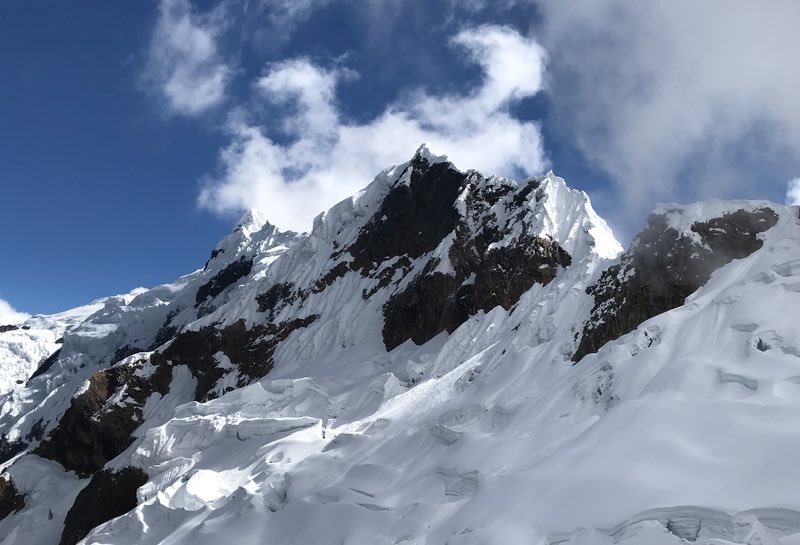
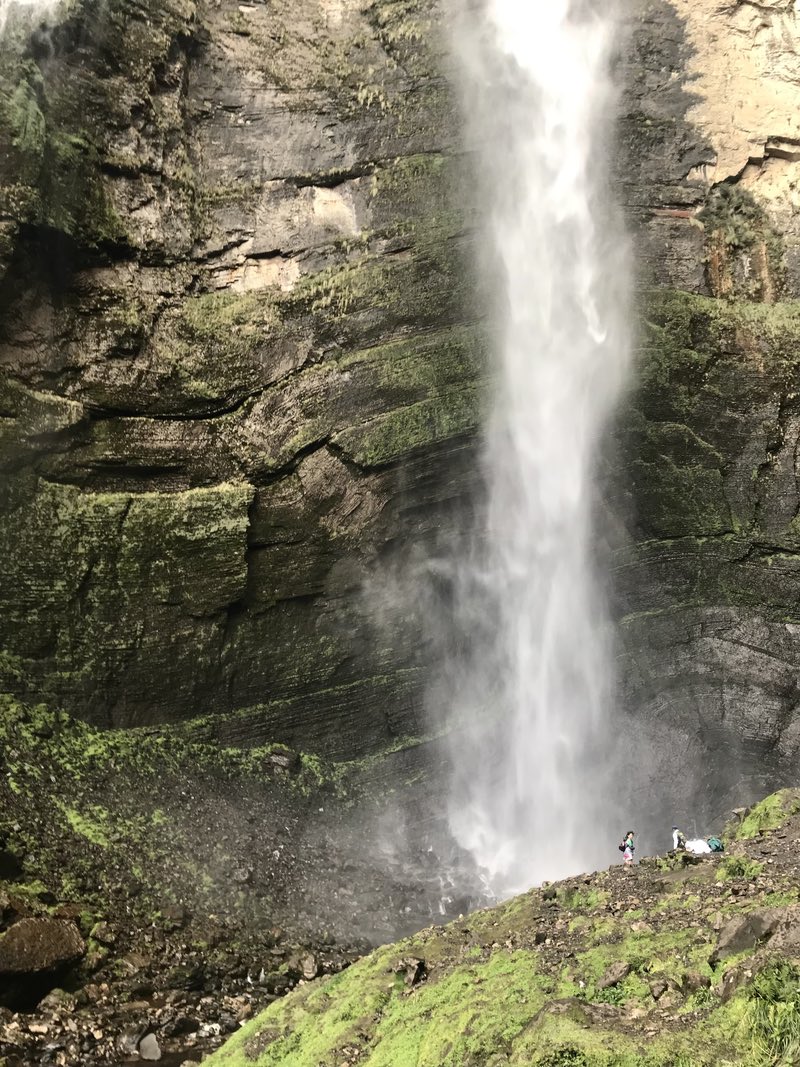
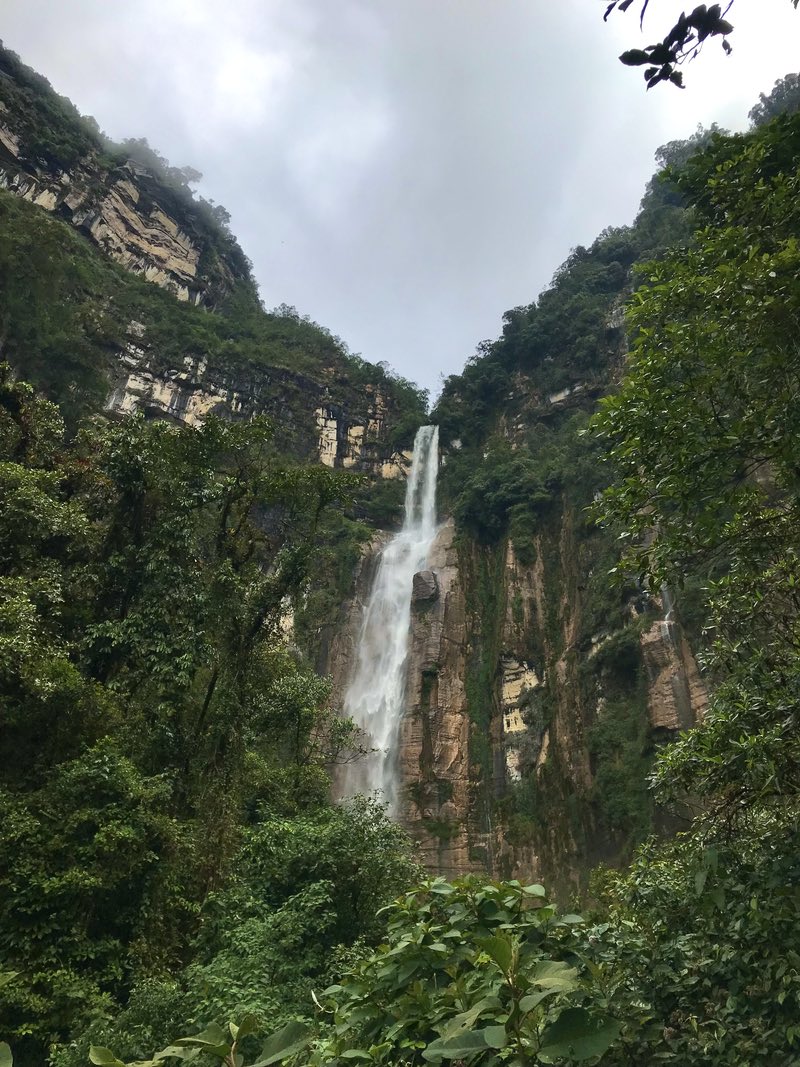
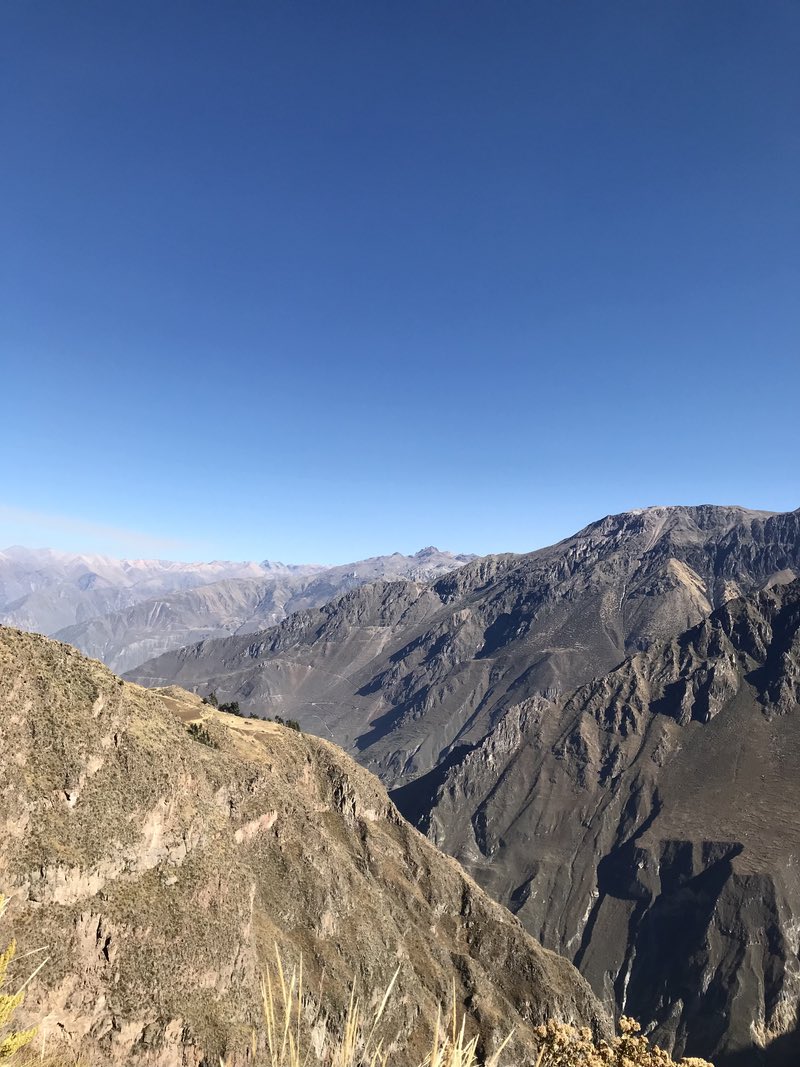
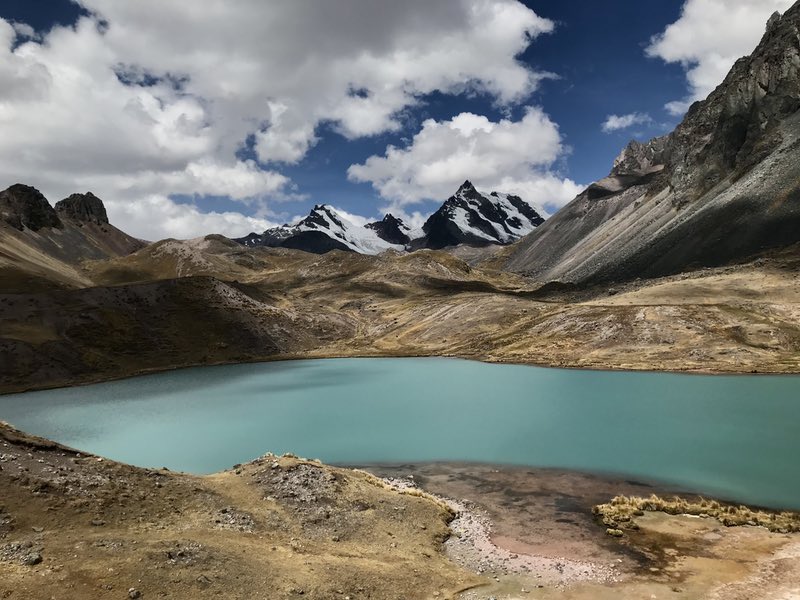
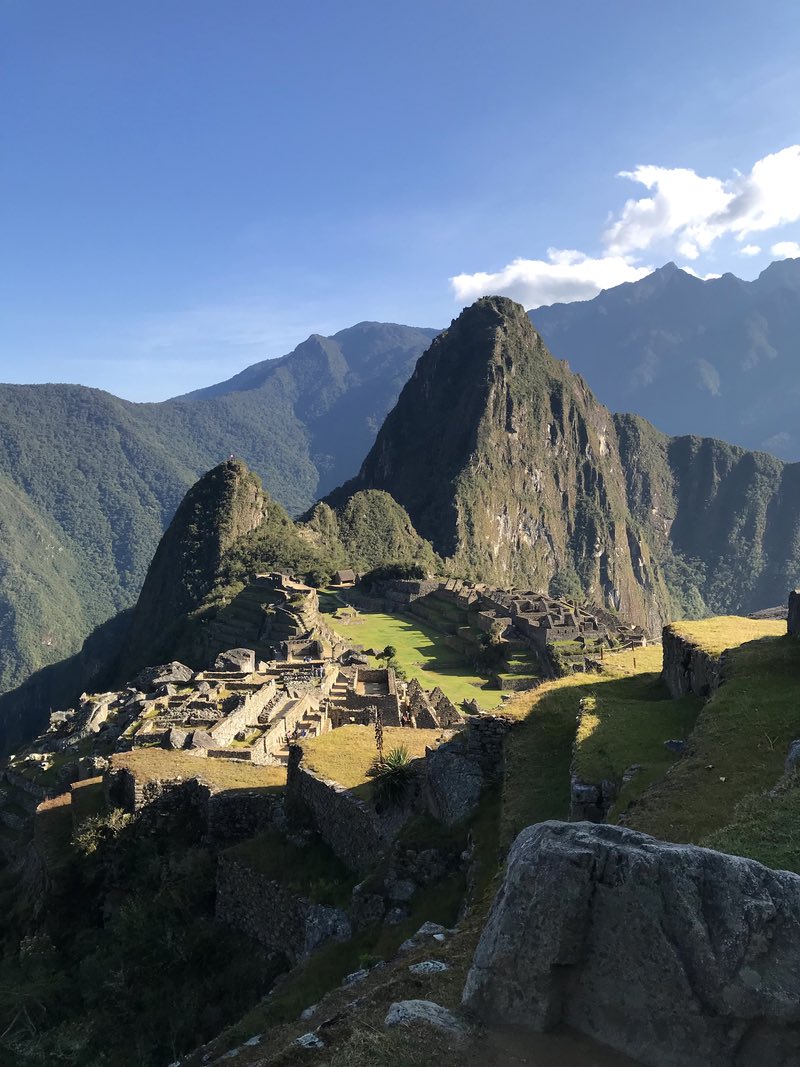
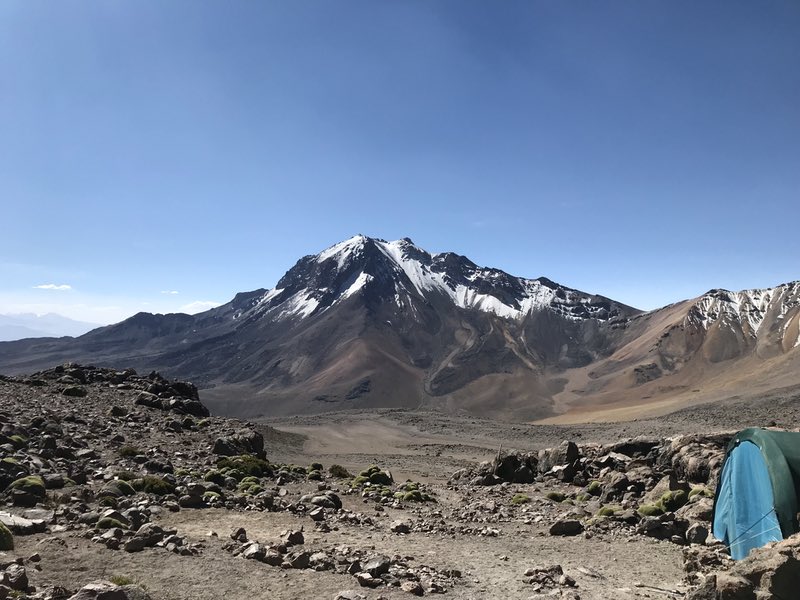

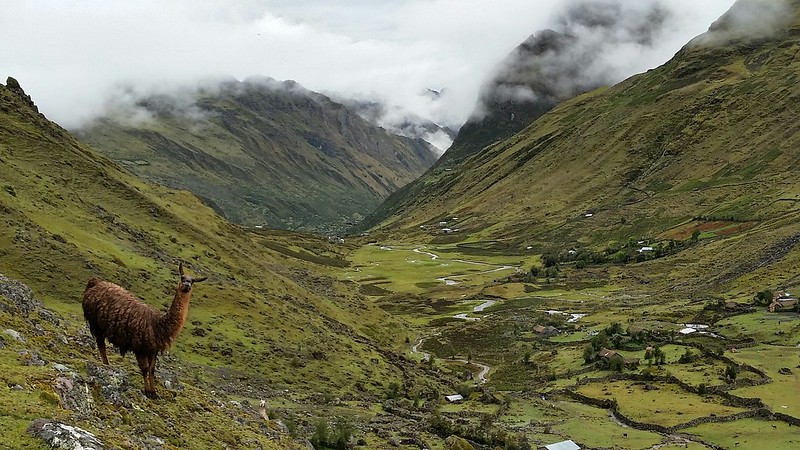
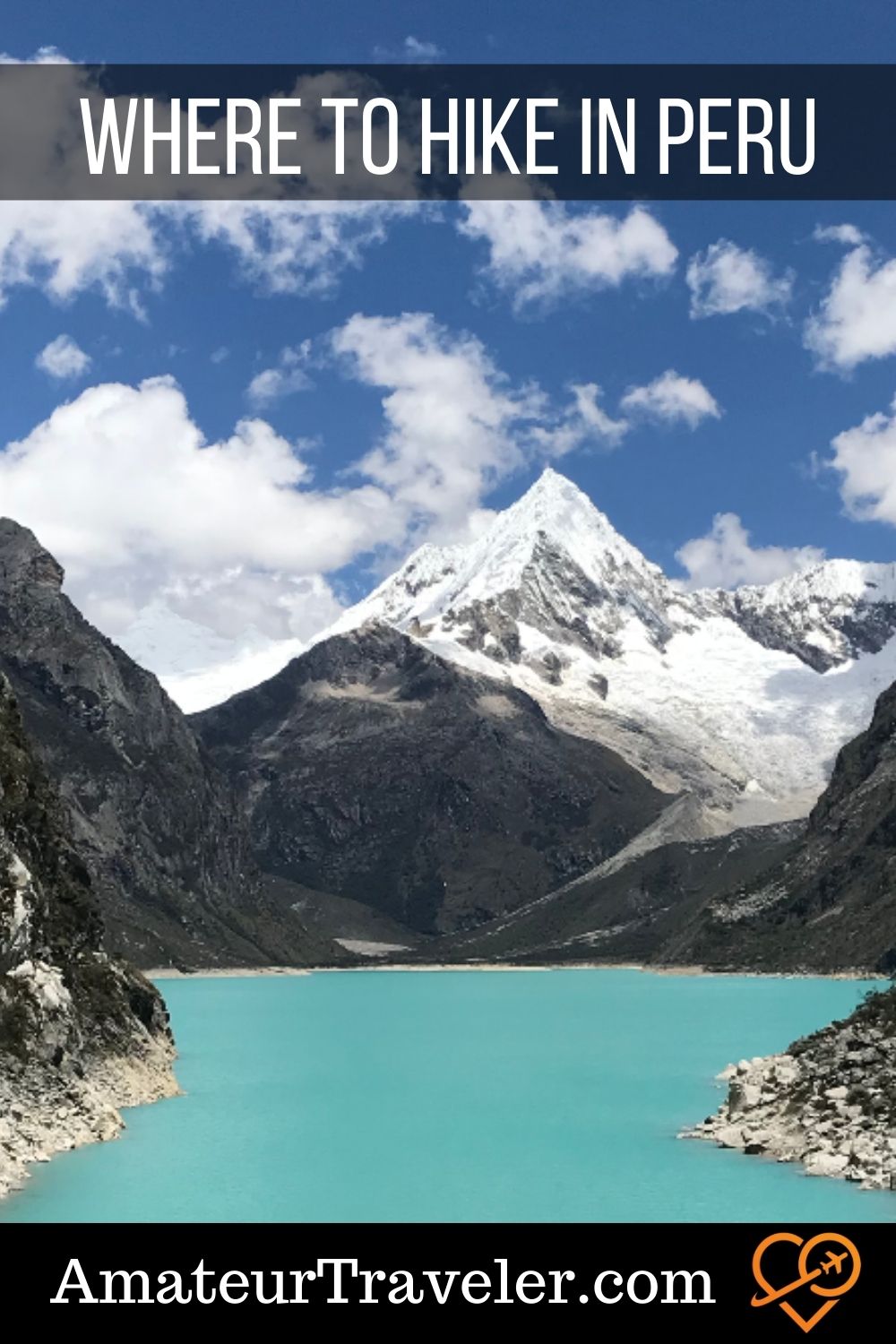
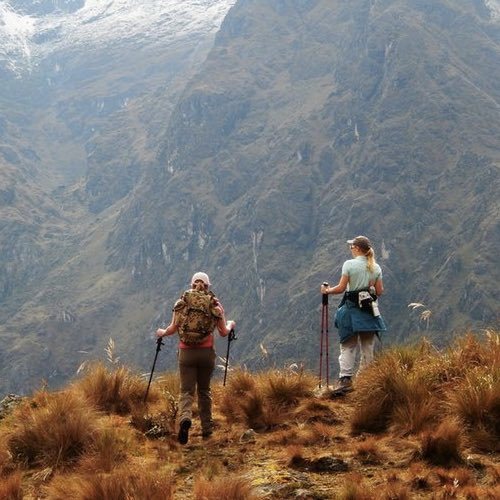 7 Expert Tips to Help You Prepare for the Inca Trail
7 Expert Tips to Help You Prepare for the Inca Trail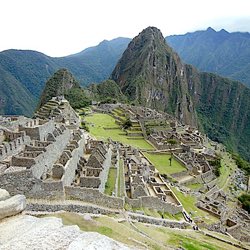 Planning a Trip to Machu Picchu, Peru For First Timers
Planning a Trip to Machu Picchu, Peru For First Timers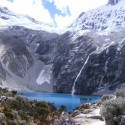 Trekking and Confronting Altitude in Huaraz, Peru
Trekking and Confronting Altitude in Huaraz, Peru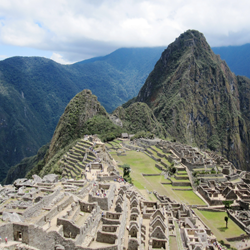 Travel to Peru – Episode 349
Travel to Peru – Episode 349
